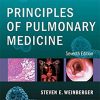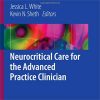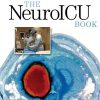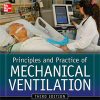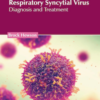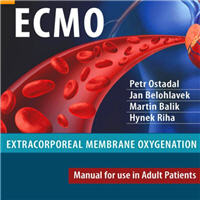Mechanical Ventilation in Patients with Acute Ischemic Stroke
ccforum.biomedcentral.comAlthough there are no specific data regarding the effect of respiratory management on stroke patients’ outcomes, specific ventilator strategies in this population could potentially improve neurologic outcome and prevent respiratory failure by correcting modifiable risk factors or controlling brain-induced inflammation of distal organs, mainly the lungs.
Protective ventilation has to be considered in this population to obtain the target of normoxia and normocapnia avoiding high tidal volume.
Because of the lack of clear evidence and the poor quality of the studies available, clinical decisions regarding ventilator strategies in stroke patients should be made on a case-by-case basis, considering patients’ characteristics, risks, and benefits, as well as prognosis and neurological status, using multimodal brain monitoring to assess cerebral haemodynamic and oxygenation and to evaluate the effects of protective ventilation (in particular of PaCO2 and PEEP).
We therefore propose a list of recommendations based on the available literature.
Further trials are needed to guide ventilation management in acute ischemic stroke and to assess possible disparities between the different aetiologies of stroke


